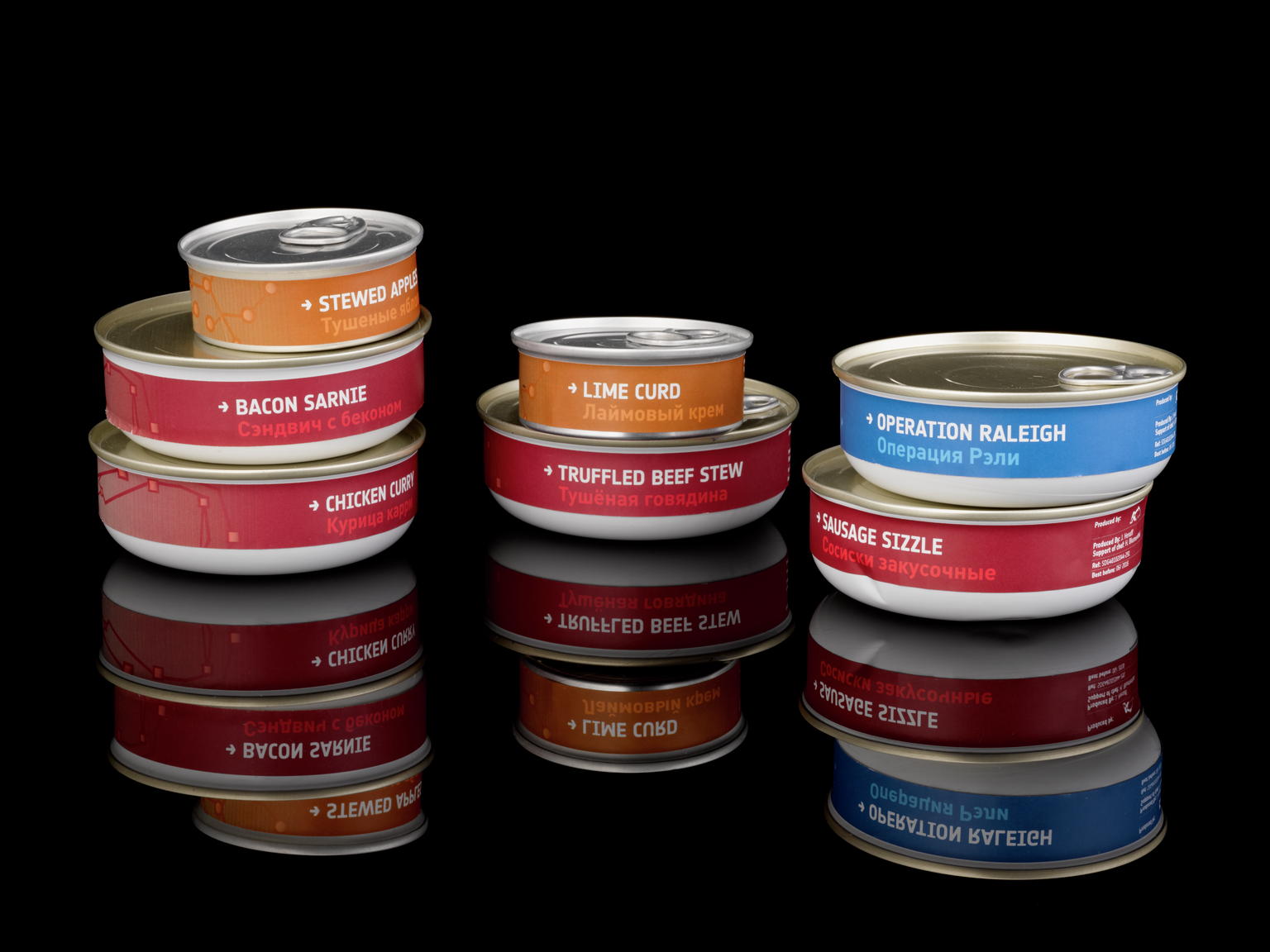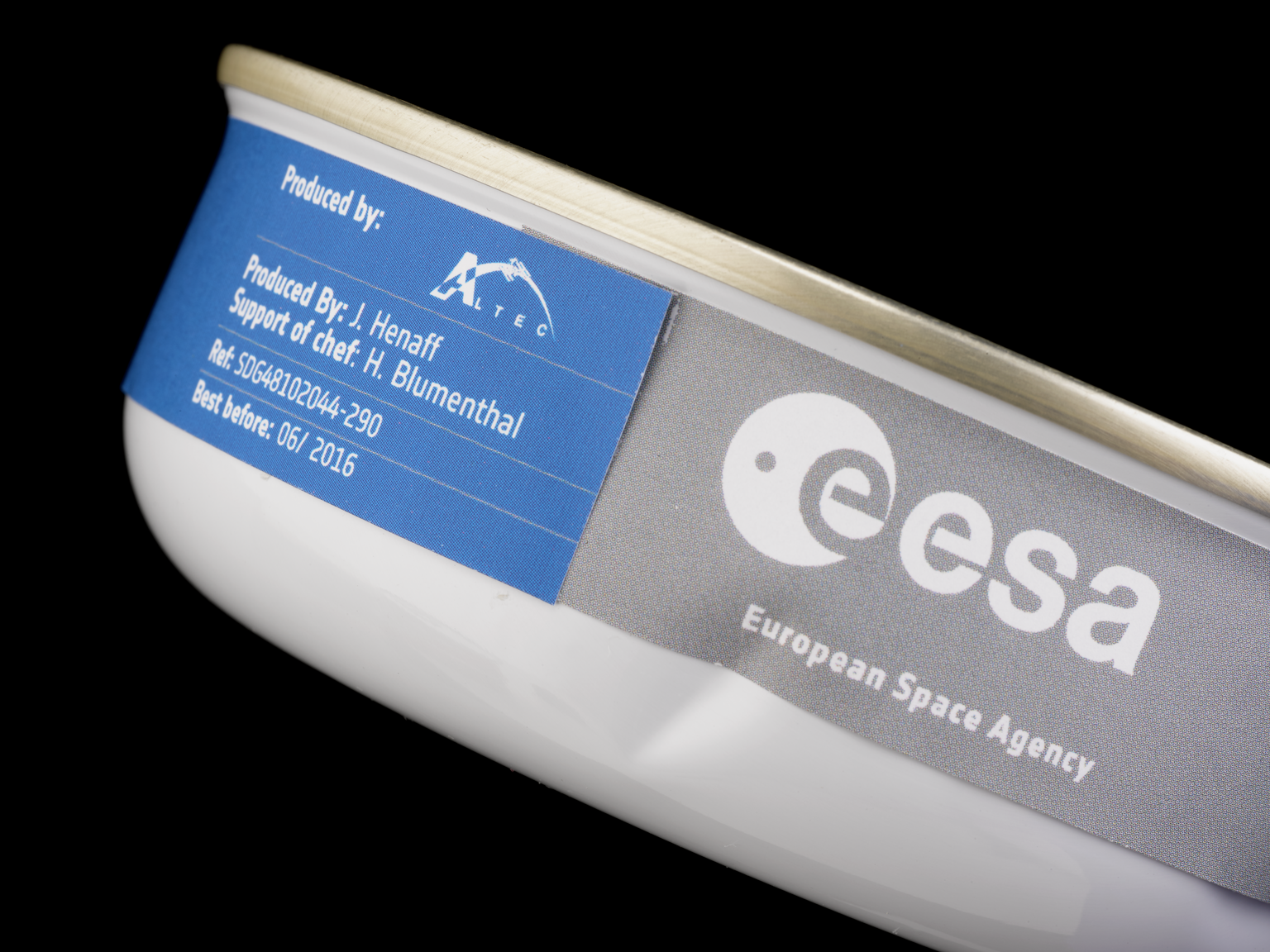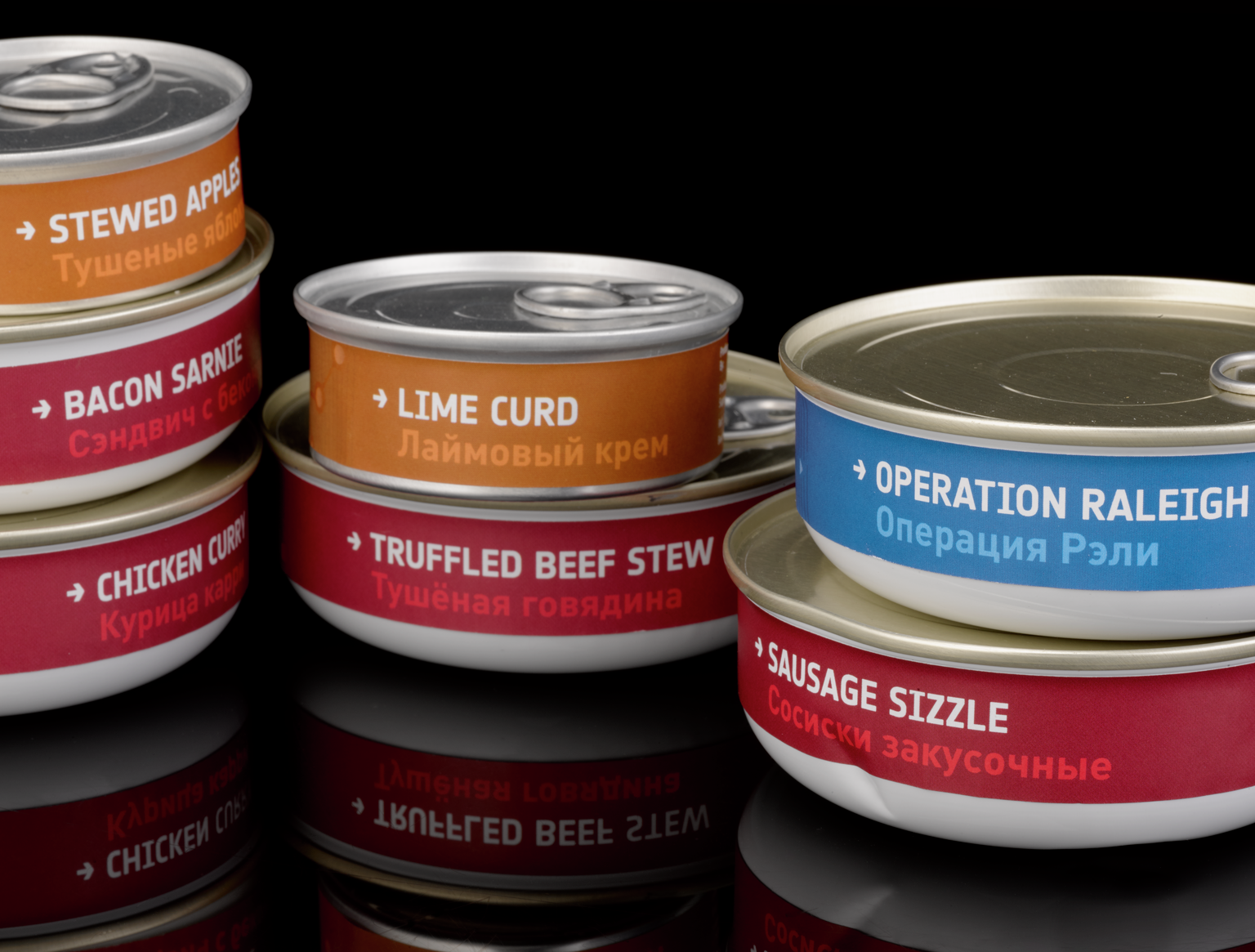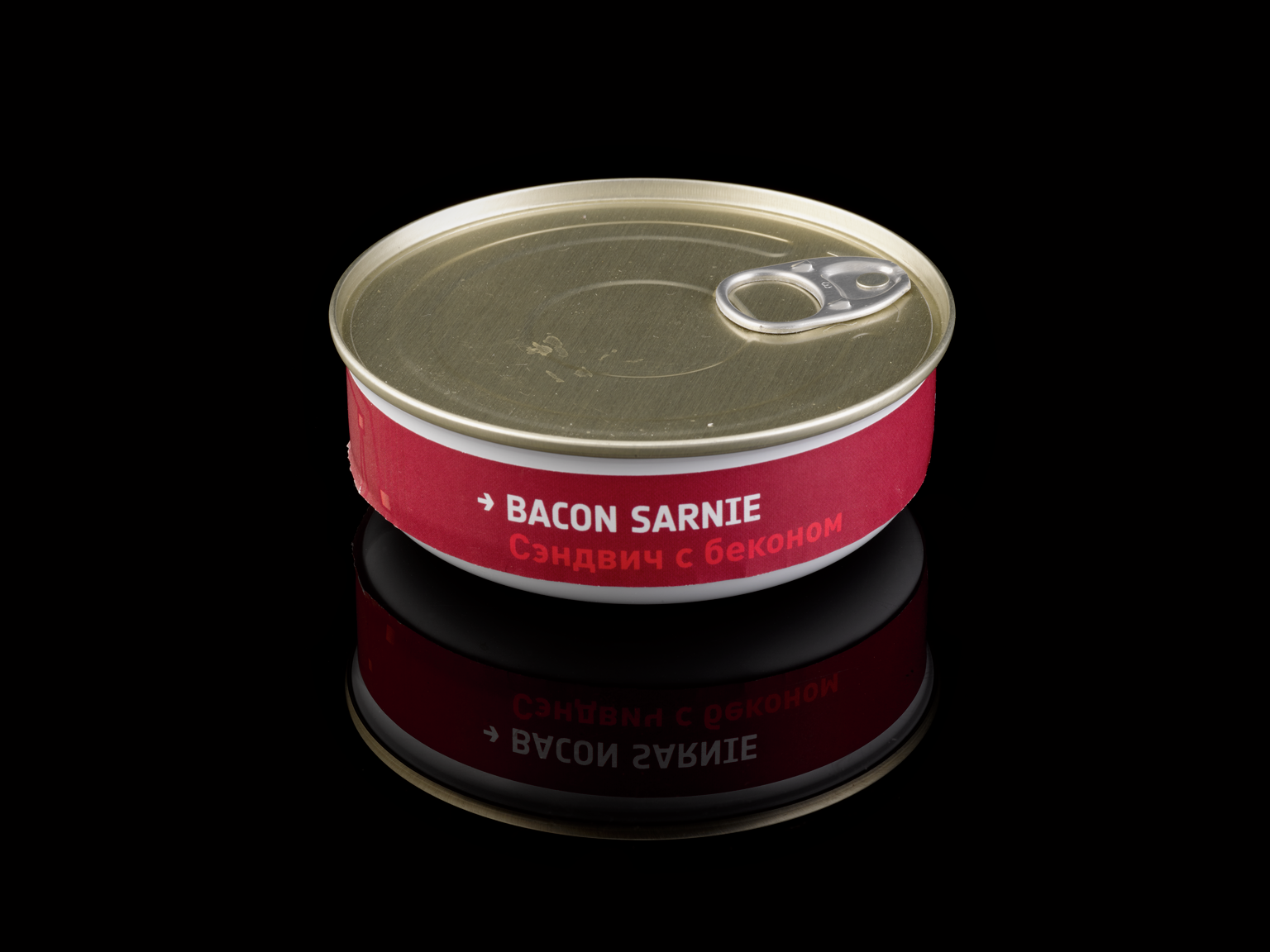In 2016, with help from celebrity chef Heston Blumenthal, ESA astronaut Tim Peake enjoyed the first bacon sarnie to ever be consumed in space.
This might not seem like much of an accomplishment, however, creating bread and other types of food for consumption in space is harder than you might think.
Since the first space flight, space food has improved and evolved dramatically from bread pieces coated in gelatine and freeze-dried cubes, to food paste in squeeze-tubes, to meals heated up and eaten with cutlery.
The space food from Tim Peake’s trip to the International Space Station represents a unique addition to the space food development story, and so we recently acquired these seven dishes for the Science Museum Group Collection.

Space agencies largely view food as a survival tool. It is essential that each astronaut consume the right amount of nutrients and calories each day to stay healthy in space. The food must also be light-weight, compact and last for at least a year and a half.
Heston Blumenthal, however, decided to take on the challenge of producing delicious food that could be safely consumed in space. Luckily for Tim Peake, Blumenthal picked his 2015-2016 Principia mission to give it a go.
A big part of Blumenthal’s challenge was to create appetising food when it cannot be cooked or refrigerated. All food must be prepared in advance and either sealed in a tin, a pouch or freeze dried.
Each astronaut gets a ‘bonus food’ allowance to help boost morale. Normally this is chosen from a menu, however, Blumenthal specially created seven recipes for Peake’s ‘bonus food’ supply.

Blumenthal’s task was to make food that fit the stringent ESA criteria, while also making it taste, look and smell better. Astronauts’ meals are a key factor in the emotional and mental well-being of the astronaut. This was also part of a larger effort by Blumenthal to illustrate the impact that food can have even in the harshest of environments.
Blumenthal set out to create recipes that would remind Peake of his family and his home. Extensive experiments were completed by Blumenthal and his team to try and create the best recipes.
He created food in zero-gravity conditions, monitored salt thresholds, acidity, sweetness and moisture migration. He tested Peake’s taste parameters to understand exactly what he likes and dislikes.
The team had to overcome obstacles such as the liquid released by the onions in the Sausage Sizzle dish. Liquid in tinned food over a certain percentage is prohibited in space because it encourages microbial growth.

Bread and sandwiches are also frowned upon, particularly after US astronaut John Young snuck a corned beef sandwich into space, only to have crumbs and bits of corned beef floating about the spacecraft after the first bite, potentially putting the instrument panels at risk.
Blumenthal, however, found that if a dense piece of bread with the crust removed is cooked in a tin, it is free of crumbs.
Thus, Blumenthal created the bacon sarnie for Tim Peake to enjoy – the first one ever to be eaten in space!
Why not try some space food for yourself? You can find some tasty space treats at the Science Museum shop.
